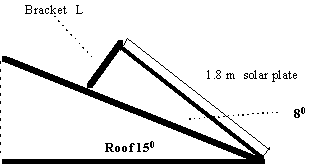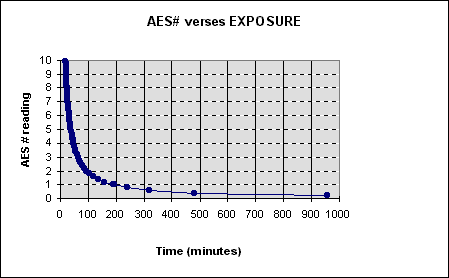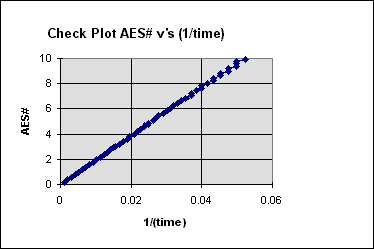Chapter 32 - Worked Solutions
to selected extension questions from the OUP text Senior Physics -
Concepts in Context by Walding,
Rapkins and Rossiter
Q6 :-
Solar flux = 850 W.m-1. With a body area of 0.5 m2, this yields
Total energy received of 850 x 0.5 = 425 J s-1.
Hence over 20 minutes exposure, 425 x 20 x 60 = 5.0 x 105 J of energy
At 500 elevation of the sun, using only the vertical component will yield an energy received of 3.8 x 105 J.
Q12 :-
Solar cell area = 6.4 m2, within a flux of 980 W m-2 at an efficiency of 17% yields
Power = 6.4 x 980 x 17/100 = 1.1 kW.
Actual power output would depend on the solar radiation flux which is highly variable and depends on atmospheric conditions eg. cloud cover and seasonal variation. Thin cell technology greatly increases efficiency of solar conversion as well as reducing weight to be carried.
Q21 :-
Solar flux = 10.5 MJ m-2 per day over an area of 4.8 m3.
Efficiency = 70%, and volume = 325 L while specific heat water = 4200 J.kg-1 Kg-1
(a) Energy gained = 10.5 MJ x 4.8 x 0.7 = 34.3 MJ over one day.
(b) Temperature rise calculated from DT = Q/m.C = 34.3 x 106 / (325 x 4200) = 250C.
Q22 :-
Diagram of the structure would be represented by :-

Rockhampton's latitude = 230, which is the angle for the solar plate. Thus with a roof of pitch = 150 the extra tilt angle required = 23 - 15 = 80.
Using trigonometry and assuming the tilt bracket is at right angles to the roof :-
sin 80 = L/1.8 m which yields bracket length L = 250 mm.
Q23 :-
Data from Table 32.3 for Type 3 skin as plotted on an Excel spreadsheet is :-

This appears to have an inverse relationship which can be checked by replotting AES# verses 1/(time). This is done again from the chart wizard in Excel, and is shown below. This confirms that AES# is inversely proportional to exposure time.

 Return to Physics Textbook Home page
Return to Physics Textbook Home page


